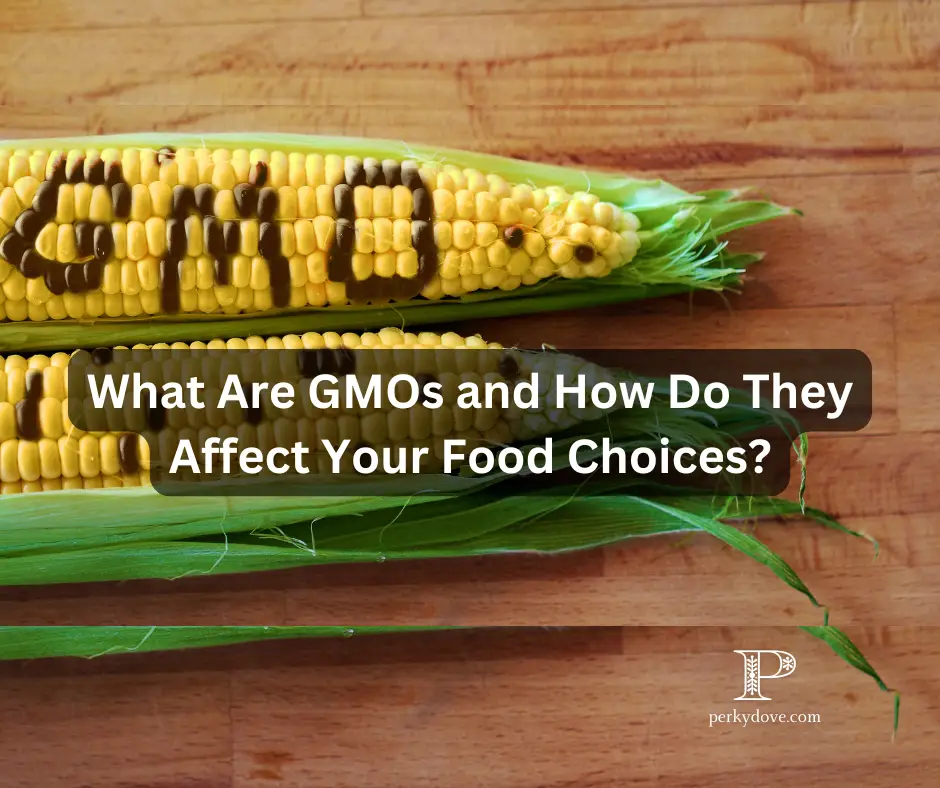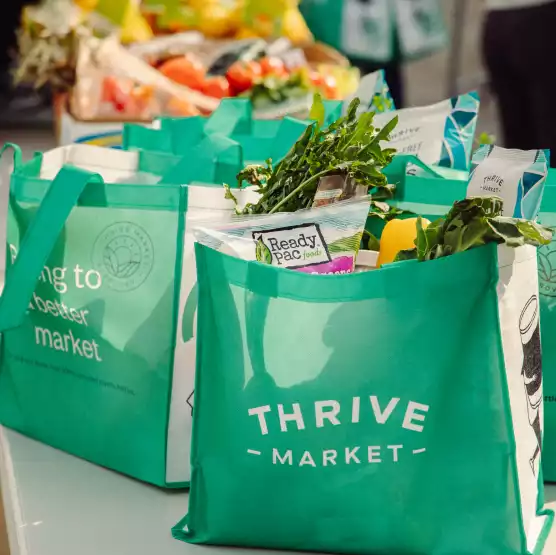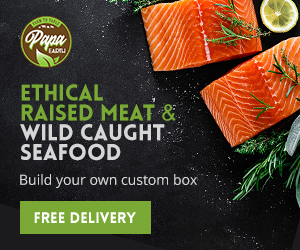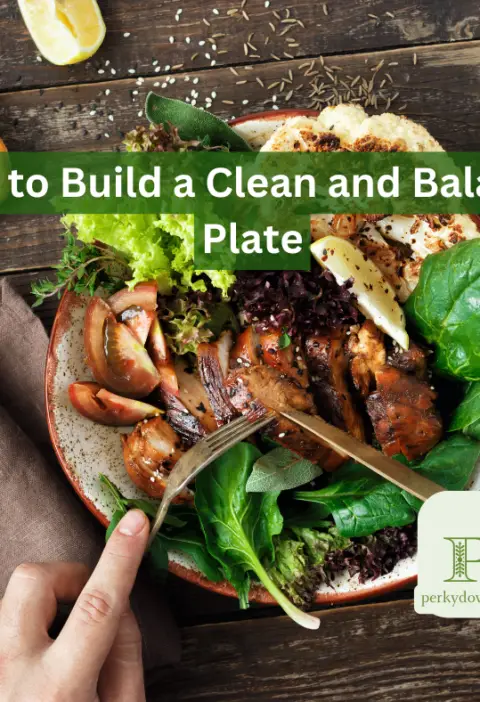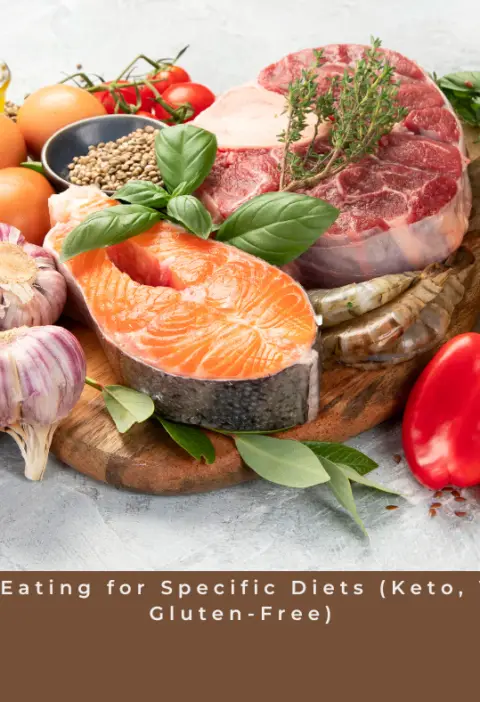The term “GMO” is everywhere—from food labels to news headlines—but what does it really mean? For those navigating clean eating, understanding genetically modified organisms (GMOs) can be key to making informed choices. Let’s explore what GMOs are, their benefits and risks, and how they intersect with a clean eating lifestyle.
What Are GMOs?
Genetically modified organisms (GMOs) are plants, animals, or microorganisms whose genetic material has been altered through genetic engineering. This process allows scientists to introduce traits like pest resistance, drought tolerance, or enhanced nutritional content. Common GMO crops include corn, soybeans, and cotton.
The Good: Benefits of GMOs
-
Enhanced Nutritional Profiles: Some GMOs, like Golden Rice, are designed to address nutritional deficiencies by adding vitamins or minerals.
-
Reduced Pesticide Usage: GMO crops engineered to resist pests can reduce the need for chemical pesticides, which can be harmful to the environment.
-
Higher Yields: By improving resistance to disease and environmental stress, GMOs can help farmers produce more food on less land, contributing to global food security.
$60 in FREE groceries when you join Thrive Market
The Concerns: Risks and Drawbacks
-
Health Uncertainties: While major health organizations deem GMOs safe, critics worry about potential allergens or long-term health effects that are not fully understood.
-
Environmental Impact: Increased herbicide use with certain GMO crops has led to the emergence of “superweeds” and potential damage to soil and water systems.
-
Hidden GMOs: Many processed foods contain GMOs under less-recognizable names, such as high-fructose corn syrup or modified cornstarch, making them harder to avoid.
Build Your Own Box
GMOs and Clean Eating
Clean eating emphasizes whole, minimally processed foods. While some GMOs align with clean eating values by offering enhanced nutrition or reducing chemical inputs, others challenge the philosophy by appearing in heavily processed products. Transparency is key: understanding food labels and choosing verified non-GMO or organic products can help clean eaters stay true to their goals.
Making Informed Choices
-
Read Labels Carefully: Look for certifications like Non-GMO Project Verified or USDA Organic to avoid GMOs.
-
Focus on Whole Foods: Fresh fruits, vegetables, whole grains, and proteins—whether GMO or not—align better with clean eating principles than processed foods.
-
Stay Educated: Keep up with scientific research and regulatory updates to make informed decisions that align with your values.
Disclaimer
This post contains affiliate links. If you make a purchase through these links, I may earn a small commission at no additional cost to you. I partner with Thrive Market to provide you with products and resources that align with clean eating values.
Final Thoughts
Whether you embrace GMOs for their benefits or avoid them due to concerns, understanding the role they play in our food system is essential for making mindful food choices. Clean eating doesn’t have to mean perfection; it’s about making informed decisions that prioritize health, sustainability, and balance.
What are your thoughts on GMOs and clean eating? Share your perspective in the comments below, and explore more on our Clean Eating page!
Ready to take control of your clean eating journey?
Habit Tracker, Habit Tracker Journal, Habit Tracker Calendar, Spiral Bound and Hanger.
